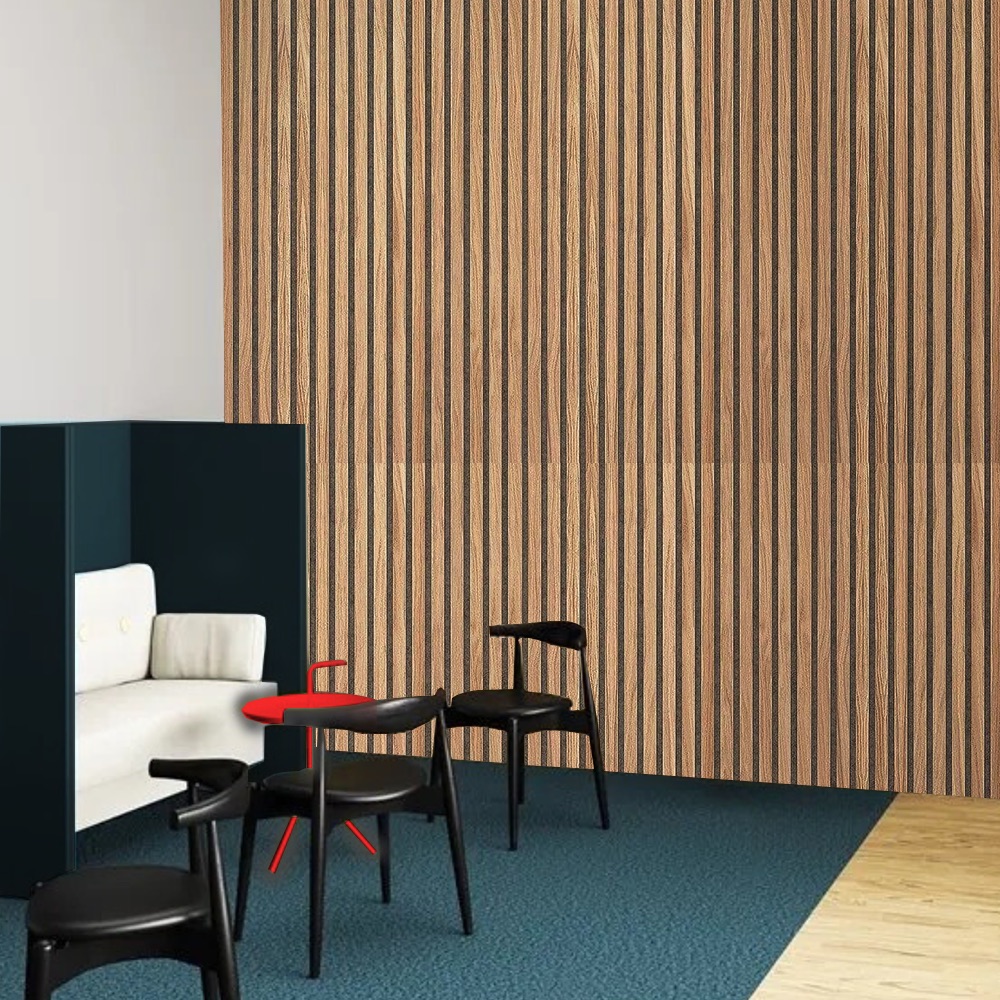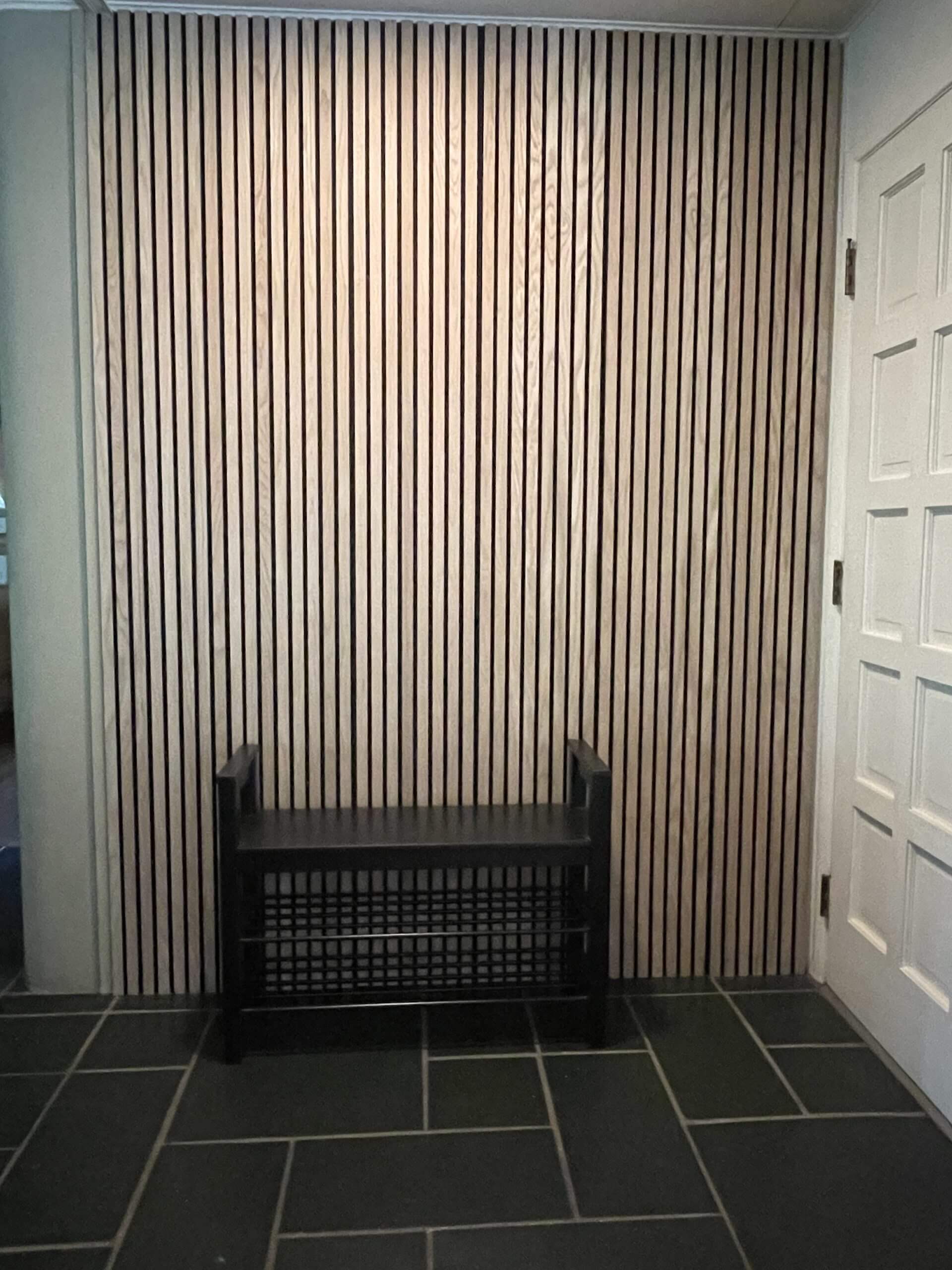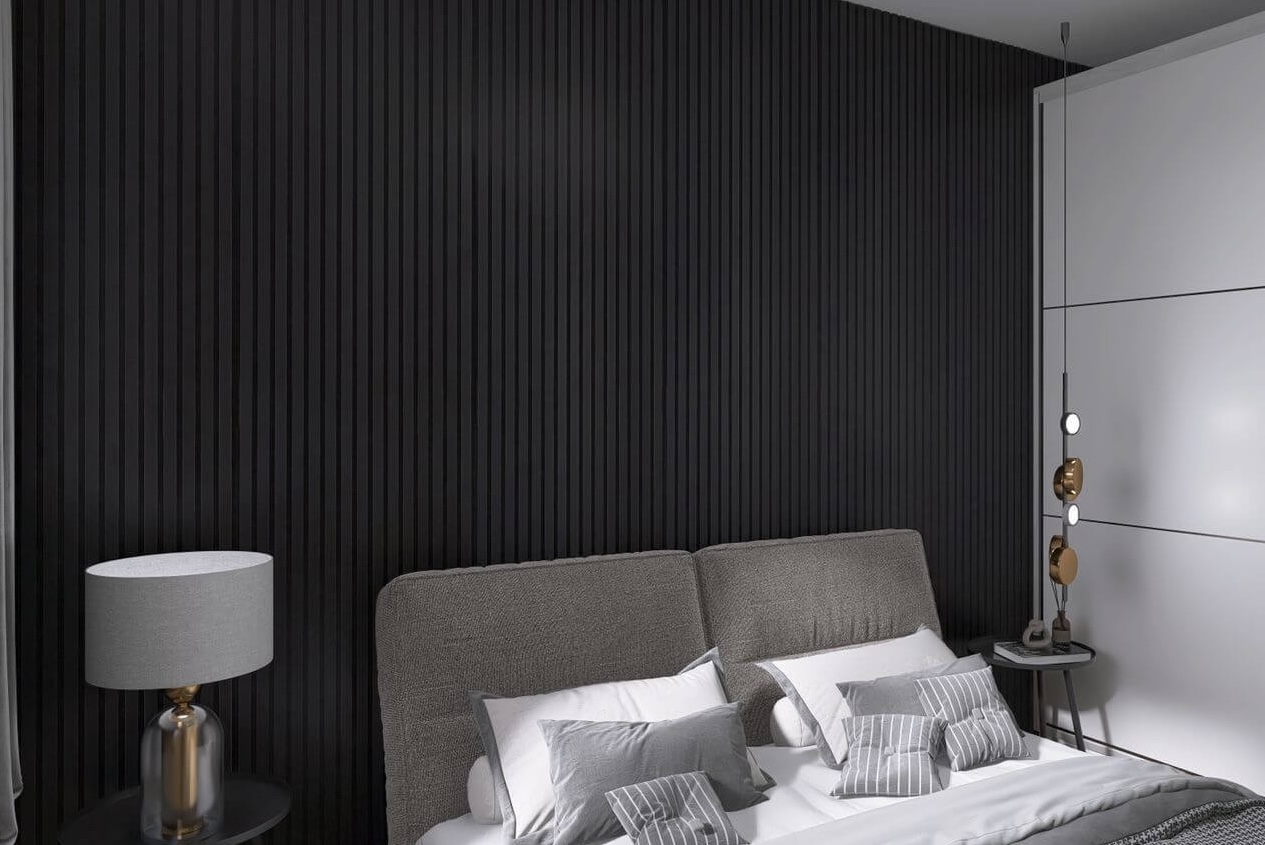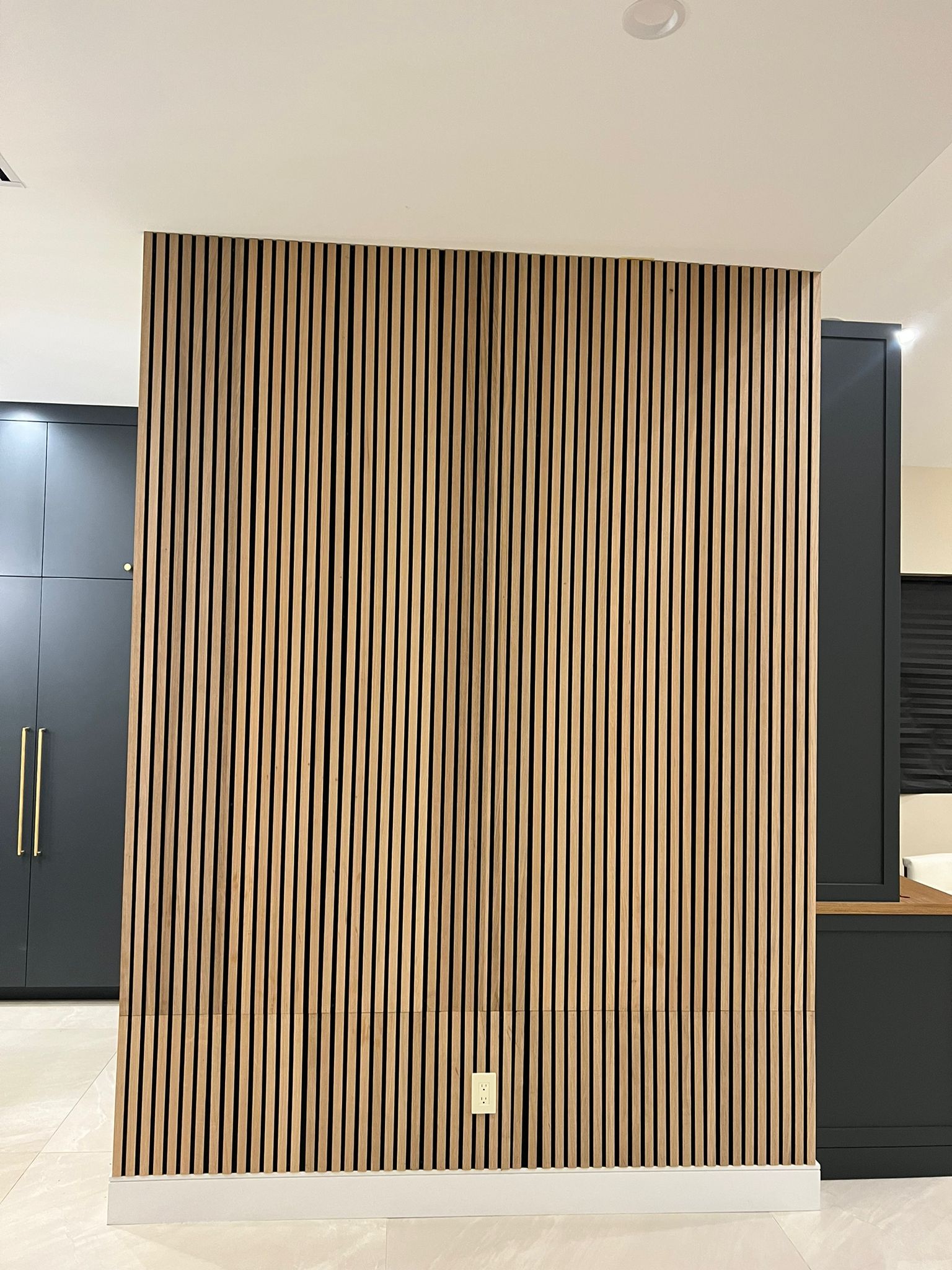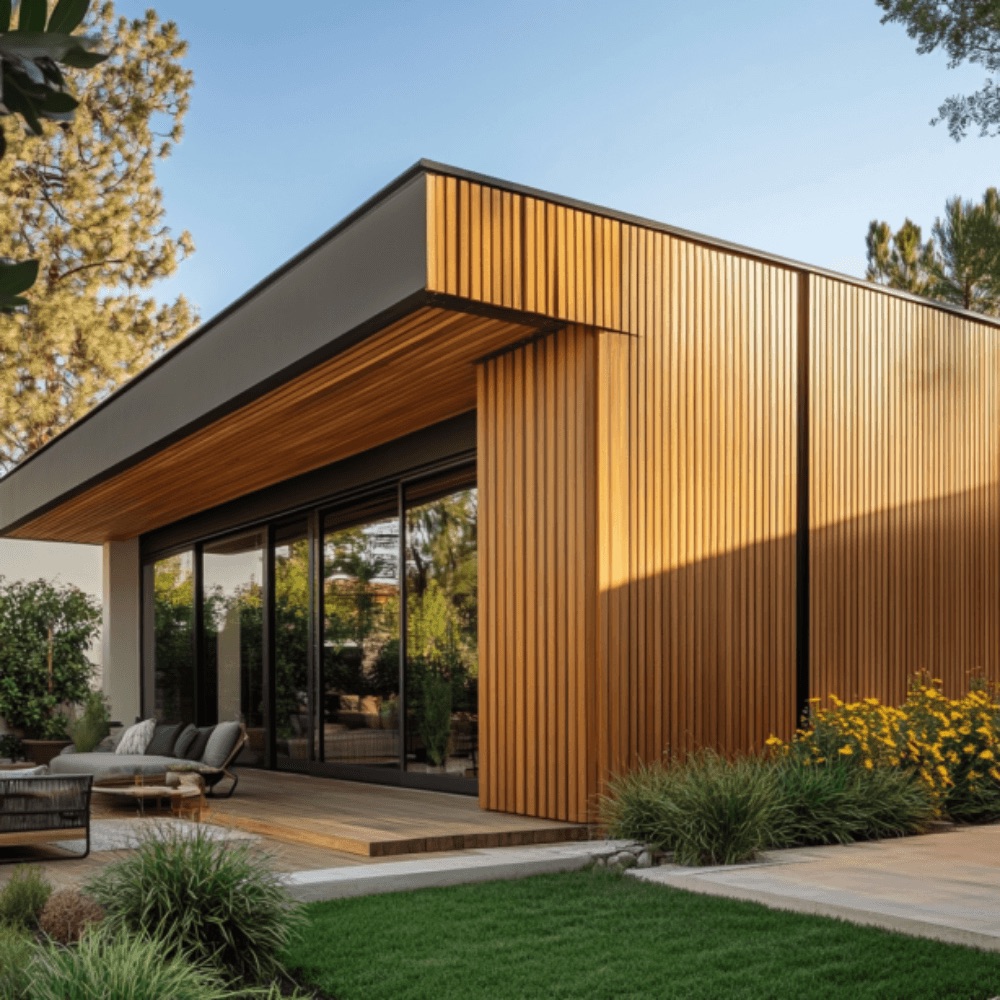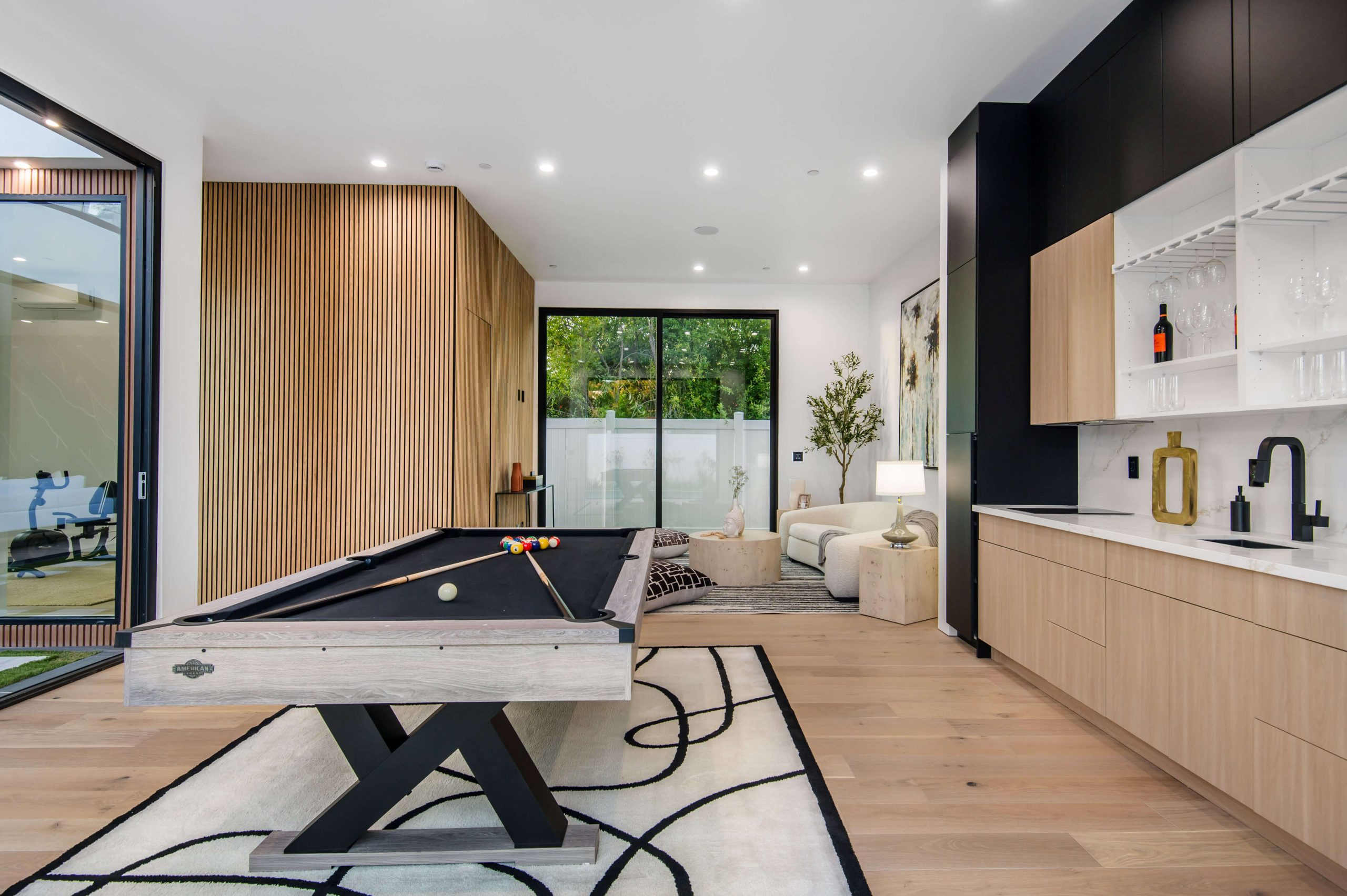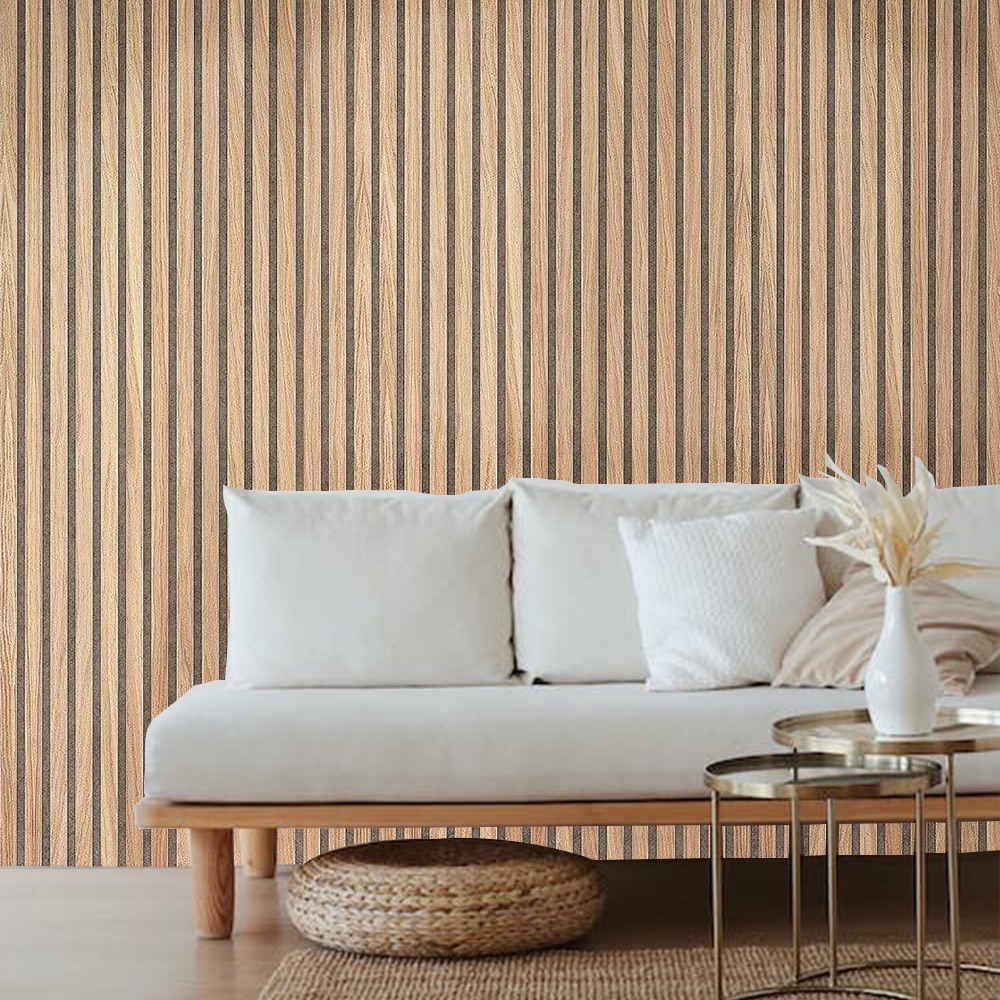In today’s eco-conscious world, finding ways to beautify our homes while reducing environmental impact has become a priority for homeowners and designers alike. One sustainable solution is wood paneling, which is more than just a design choice—it’s an eco-friendly option for modern interiors. This article explores why wood paneling is a green choice for today’s homes, providing both aesthetic appeal and environmental benefits.
The Sustainable Benefits of Wood Paneling
Wood Paneling Is a Green Choice Due to Its Renewable Nature
Wood paneling is a natural material that comes from sustainably managed forests. Reputable Companies prioritize environmentally responsible practices by sourcing wood from suppliers that focus on replanting trees and maintaining biodiversity. This ensures that forests remain healthy and can continue to provide resources for generations to come.
- Key Points:
- Wood is a renewable resource when harvested responsibly.
- Forest Stewardship Council (FSC) certified wood guarantees sustainable sourcing.
- Managed forests help reduce deforestation while meeting the demand for wood products.
By choosing wood paneling, homeowners can feel confident that they are making a sustainable and eco-friendly decision for their interiors.
Wood Paneling Is a Green Choice for Carbon Sequestration
How Wood Paneling Helps Trap Carbon
One of the biggest environmental advantages of wood paneling is its ability to sequester carbon. Trees absorb carbon dioxide as they grow, and this carbon is stored within the wood for the lifetime of the product. This makes wood paneling a green choice because it helps lower the overall carbon footprint of your home compared to other materials like plastic or metal.
- Key Points:
- Wood stores carbon, keeping it out of the atmosphere.
- The production of wood paneling has a lower carbon footprint compared to synthetic materials.
- Using wood paneling can contribute to carbon neutrality in building projects.
Thus, wood paneling is a green choice because it not only prevents excess carbon emissions but actively helps reduce them.
Energy Efficiency and Insulation
Wood Paneling Is a Green Choice for Better Insulation
Wood is a natural insulator, which means it can help regulate temperature inside your home. Installing wood paneling can reduce the need for additional heating or cooling, as the material keeps rooms warmer in the winter and cooler in the summer.
- Key Points:
- Wood paneling helps in reducing energy consumption by providing insulation.
- It minimizes the need for artificial heating and cooling, lowering energy bills.
- Wood paneling is especially effective when combined with other energy-efficient building materials.
By enhancing your home’s energy efficiency, wood paneling is a green choice that saves energy and reduces your carbon footprint.
Acoustic Benefits of Wood Paneling
Another often-overlooked benefit of wood paneling is its acoustic properties. Wood panels help to absorb sound, creating a quieter and more peaceful environment inside your home.
- Key Points:
- Wood panels absorb sound, improving indoor acoustics.
- This sound-absorbing quality enhances the comfort of residential and commercial spaces.
Wood paneling doesn’t just look good—it creates a quieter, more energy-efficient home, making it a smart and green choice.
Durability and Longevity of Wood Paneling
Long-Term Use Makes Wood Paneling a Green Choice
Another reason why wood paneling is a green choice is its durability. Well-maintained wood paneling can last for decades, far outliving many other wall treatments like paint or wallpaper. Because it doesn’t need to be replaced as frequently, it reduces the need for new materials and waste.
- Key Points:
- High-quality wood paneling can last for years with minimal maintenance.
- Longer-lasting materials reduce the demand for replacements, conserving resources.
Durability means that wood paneling is a green choice for those looking to minimize waste and enjoy a product that stands the test of time.
Enhancing Interior Design with Eco-Friendly Choices
Wood Paneling Is a Green Choice for Biophilic Design
Wood paneling isn’t just functional—it also creates a strong connection to nature. The natural grains and textures of wood bring the outside in, promoting a sense of calm and well-being in your home. This biophilic design trend is known to reduce stress and increase happiness, which is another reason wood paneling is a green choice.
- Key Points:
- Biophilic designs connect people with nature, improving well-being.
- The use of natural wood can create a warm, inviting environment.
Choosing wood paneling helps you create a beautiful, calming space that also benefits the environment.
Versatility in Design
Wood paneling is versatile and works in various interior styles, from rustic to modern. Whether you are looking to cover an entire wall or use it as an accent, the possibilities are endless.
- Key Points:
- Wood paneling comes in many finishes and styles to fit any home.
- Its versatility reduces the need for multiple renovations, making it a sustainable choice.
Elements of Wood Paneling
1. Benefits of Wood Paneling for the Environment
| Benefit | Description |
|---|---|
| Sustainable Sourcing | Wood is renewable and often sourced from managed forests. |
| Carbon Sequestration | Wood stores carbon, reducing atmospheric CO2 levels. |
| Energy Efficiency | Wood’s insulating properties reduce energy consumption. |
| Durability | Long-lasting material that decreases the need for frequent replacements. |
| Acoustic Properties | Absorbs sound, improving indoor noise levels. |
2. The Life Cycle of Wood Paneling
- Harvesting (from managed forests)
- Manufacturing (with low energy use)
- Installation (minimal waste)
- Use and Durability (decades of service)
- Recycling or Repurposing (reuse in other forms)
3. Comparison of Materials
- Wood: Renewable, low carbon footprint, natural insulator.
- Plastic: Non-renewable, high carbon footprint, poor insulation.
- Metal: Non-renewable, high energy production, lacks insulation properties.
FAQs
1. Why is wood paneling considered a green choice?
Wood paneling is a green choice because it is sourced from renewable forests, sequesters carbon, and is durable, reducing waste over time.
2. Can wood paneling improve energy efficiency?
Yes, wood paneling provides natural insulation, reducing the need for heating and cooling systems and saving energy.
3. How does wood paneling impact indoor air quality?
Wood paneling emits fewer VOCs compared to synthetic materials, improving indoor air quality.
4. Is wood paneling suitable for outdoor use?
Yes, there are weather-resistant wood panel options.
5. What types of wood are used in paneling?
Wood paneling can be made from various types of wood, including oak, walnut, and wood-plastic composites (WPC), each offering unique benefits.
Conclusion: Why Wood Paneling Is a Green Choice for Modern Homes
Wood paneling is more than just a design element—it’s an eco-friendly, durable, and energy-efficient choice for modern interiors. With its ability to sequester carbon, improve energy efficiency, and last for decades, wood paneling is a green choice that benefits both your home and the environment.

